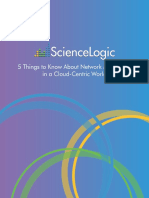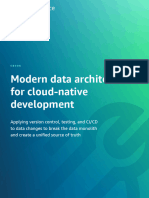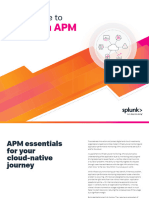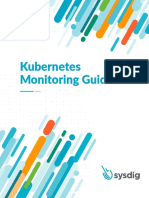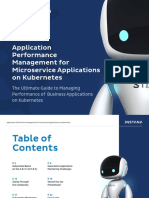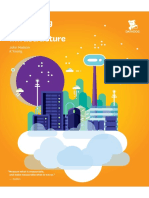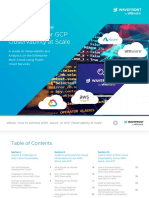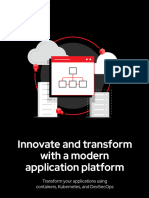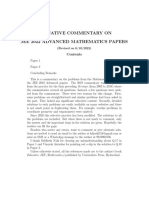0% found this document useful (0 votes)
14 views15 pagesGaining Observability in Cloud
The document discusses the importance of observability in cloud-native applications, highlighting the challenges traditional monitoring tools face in modern environments. It emphasizes the need for comprehensive observability solutions like IBM Instana, which provide actionable insights and support for dynamic, distributed architectures. The benefits of adopting observability include faster incident resolution, improved system health, and enhanced customer satisfaction.
Uploaded by
kishor bholeCopyright
© © All Rights Reserved
We take content rights seriously. If you suspect this is your content, claim it here.
Available Formats
Download as PDF, TXT or read online on Scribd
0% found this document useful (0 votes)
14 views15 pagesGaining Observability in Cloud
The document discusses the importance of observability in cloud-native applications, highlighting the challenges traditional monitoring tools face in modern environments. It emphasizes the need for comprehensive observability solutions like IBM Instana, which provide actionable insights and support for dynamic, distributed architectures. The benefits of adopting observability include faster incident resolution, improved system health, and enhanced customer satisfaction.
Uploaded by
kishor bholeCopyright
© © All Rights Reserved
We take content rights seriously. If you suspect this is your content, claim it here.
Available Formats
Download as PDF, TXT or read online on Scribd
/ 15






